故事、图像与法律宣传
作者简介:杜金,中山大学法学院副教授(广东广州 510275)
摘要: 为了移风易俗和教化百姓,康熙帝颁布了圣谕十六条,各地官员积极推行宣讲圣谕的活动,并编写了大量解释圣谕的书籍。在此背景下,安徽繁昌县知县梁延年编印了《圣谕像解》一书,试图通过故事和图像,向文化水平较低的乡民妇孺讲解圣谕。其中,有相当一部分内容涉及法律、犯罪及诉讼。该书仿照《养正图解》和《人镜阳秋》,以典籍中的人物故事诠释圣谕,以图像呈现故事。图、事、理三者构成了具有“互文性”和“对话性”的复合文本。然而,《圣谕像解》在刊印后的相当一段时期内,并没有达到预期目的,其精美程度反而限制了传播范围,普通民众难以获得。晚清石印技术的引入和印刷成本的下降,才使该书重新进入大众视野。这种通俗化、可视化的解释文本,有助于民众了解道德原则和相关法律,但皇帝和官员对法律知识传播的暧昧态度,也制约了法律宣传的实际效果。
Stories, Images and Law Publicity: Focus on Shengyu Xiangjie issued in Qing Dynasty
- Available Online:
2019-03-01
Abstract: To reform the customs as well as to civilize his people, the Kangxi Emperor had issued Shengyu Shiliu Tiao. Trying hard to publicize it, officials created a large number of books to explain it. Liang Yannian, the magistrate of Fanchang Anhui at that time, published a book, Shengyu Xiangjie (《圣谕像解》), with an attempt of introducing the sacred edict to poorly-educated people in a way of anecdotes and images. The book largely involves laws, crimes and litigation. It, following the pattern of Yangzheng Tujie and Renjing Yangqiu, referred to stories in classical book to explain the edict by means of pictures, by which the book had become a complex of images, stories and li (" 理”) in an intertextual and dialogical way. However, after issued, the book failed to achieve the publicizing task as expected. The exquisite design made the book hard to get and limit its spread. Until late Qing, the introduction of lithography and a decline in cost of printing re-brought the book to the public. However, books of popularizing and visualizing interpretation helped people understand moral rationales and related laws, but the obscure attitude of the emperor and officials on the legal knowledge dissemination limited the effect of legal publicization.


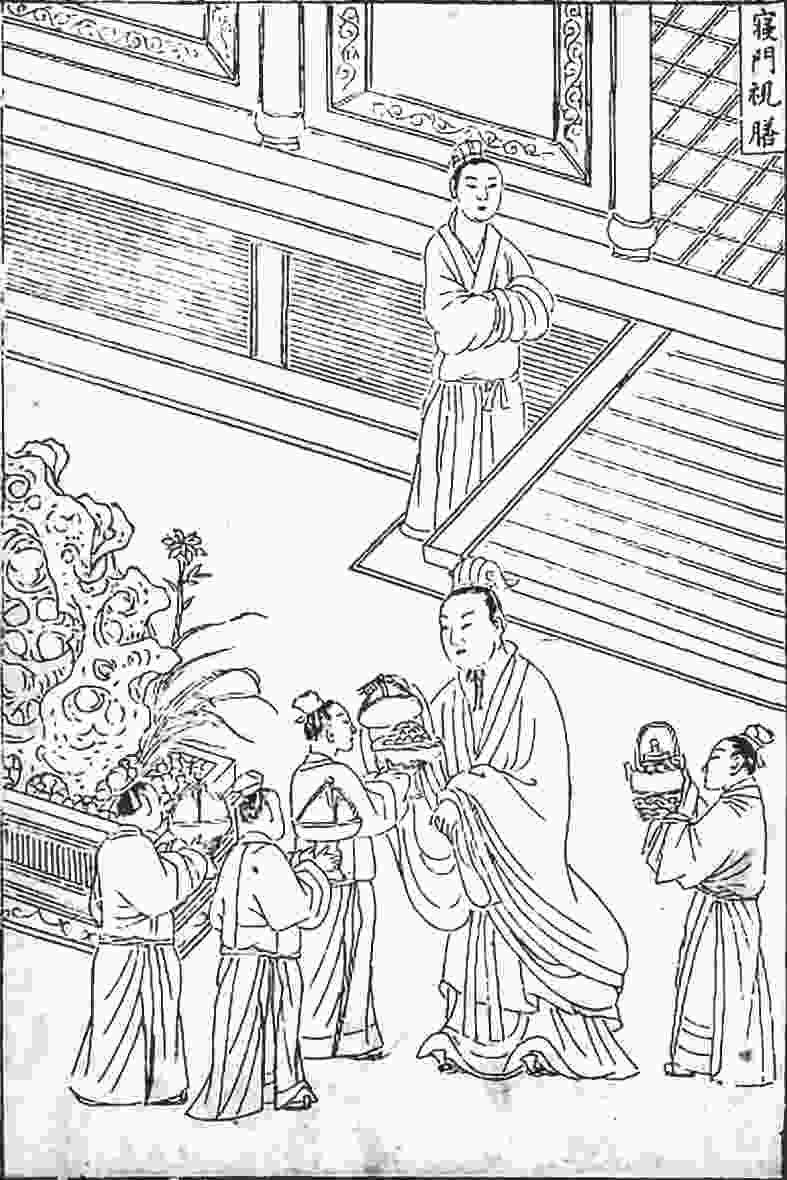
 下载:
下载:
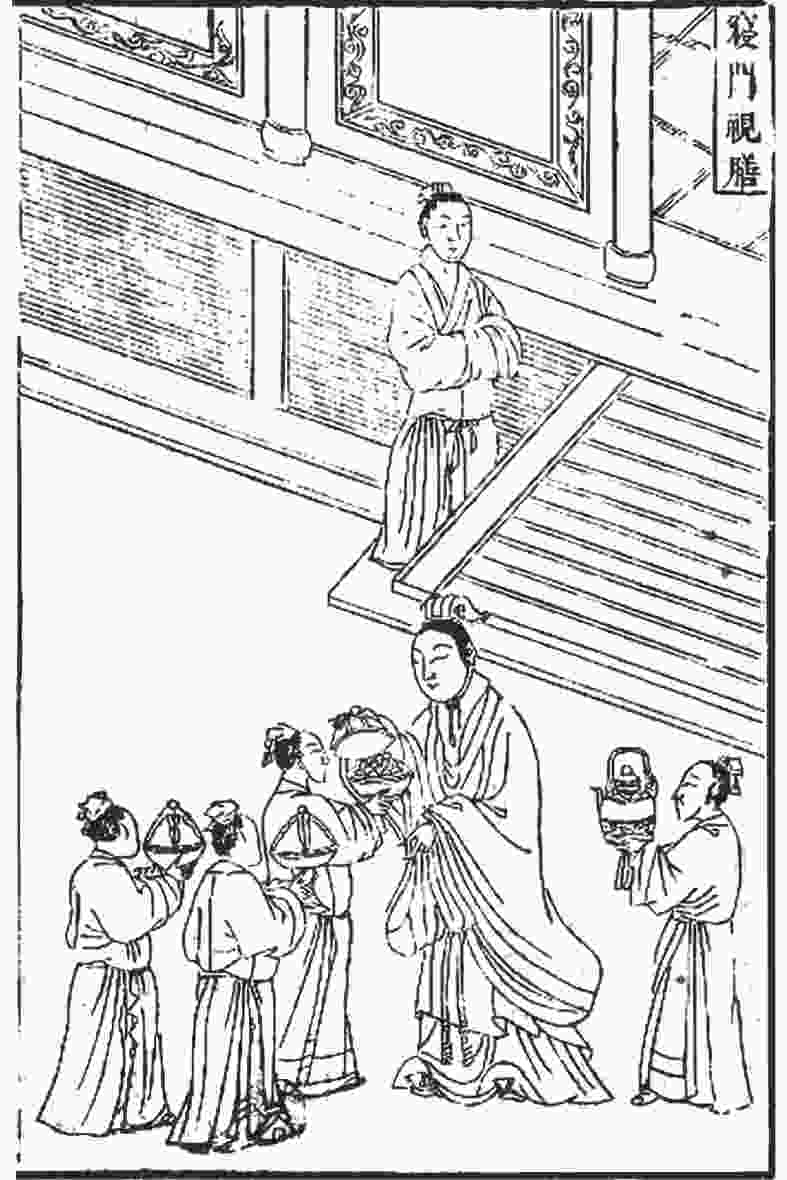
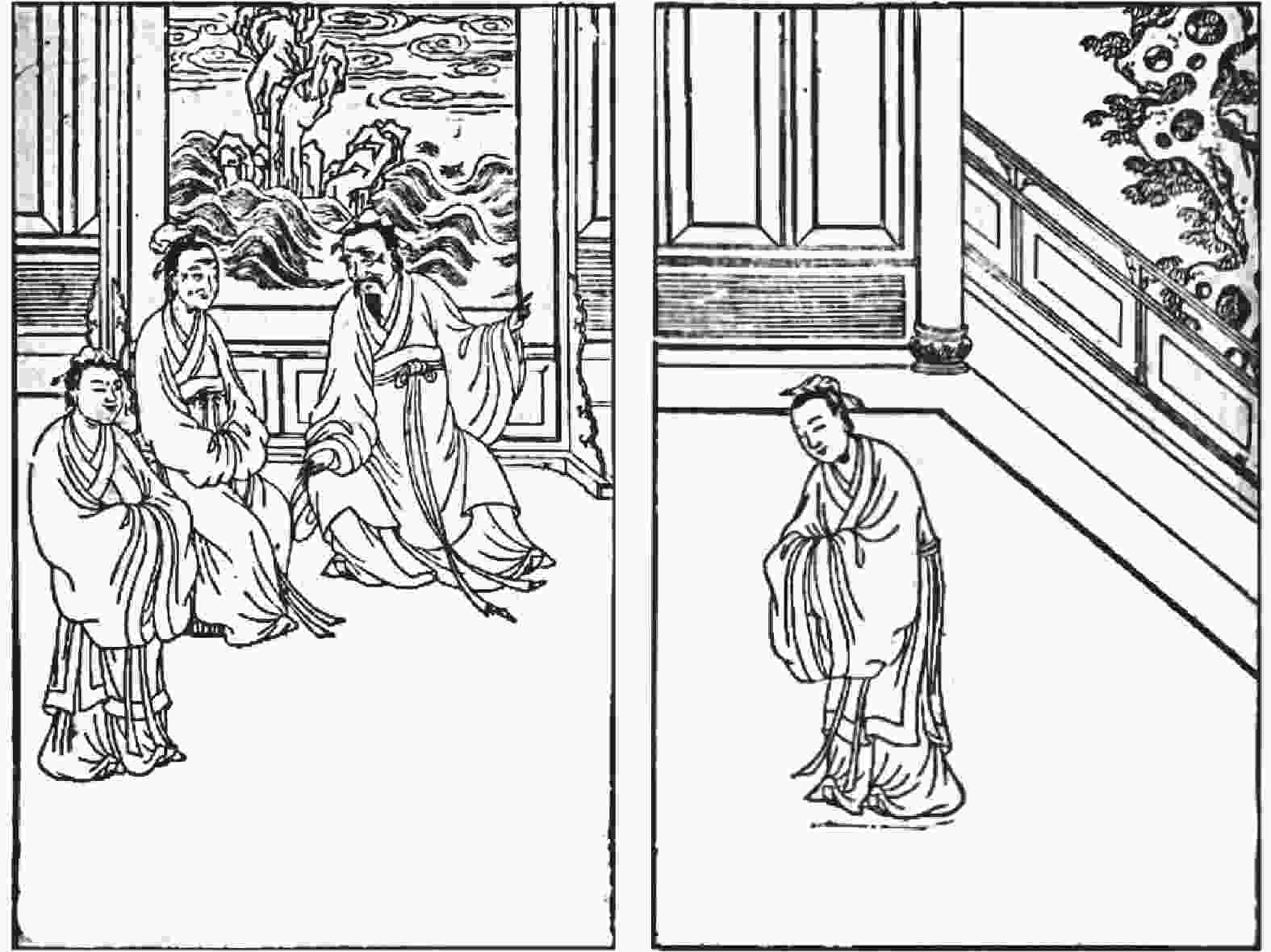
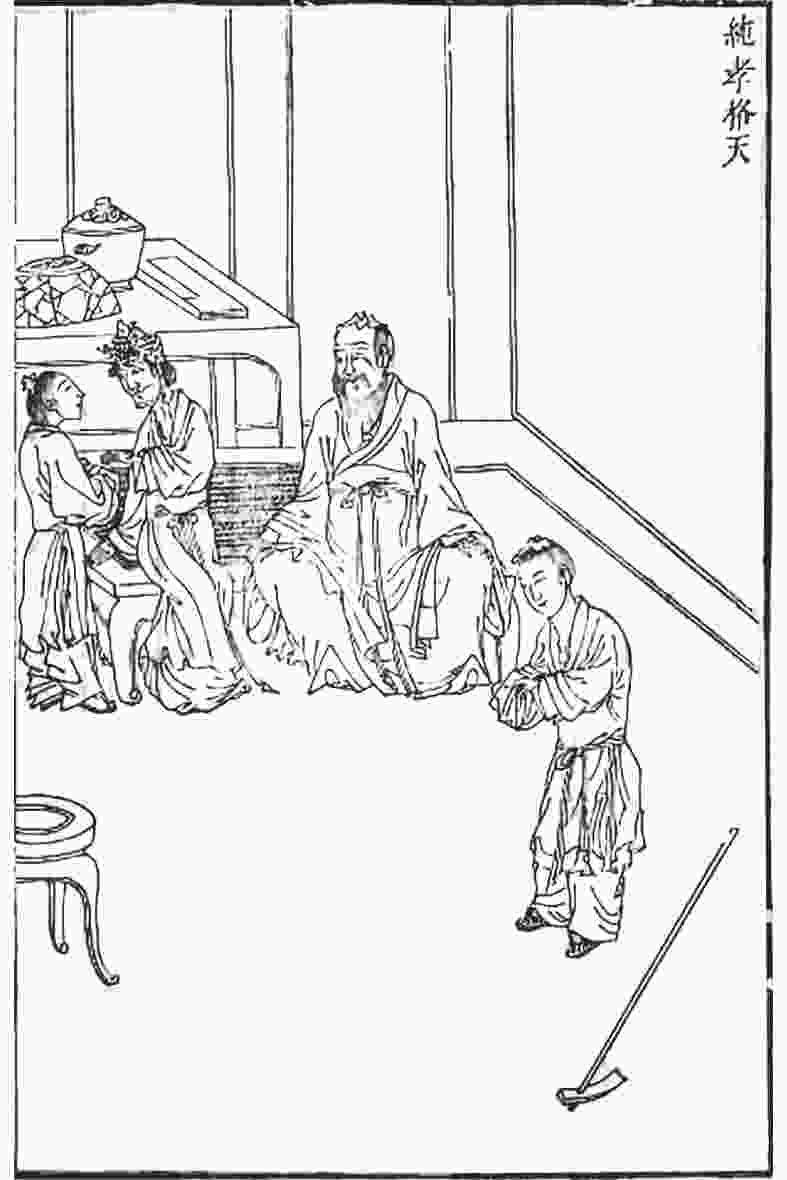
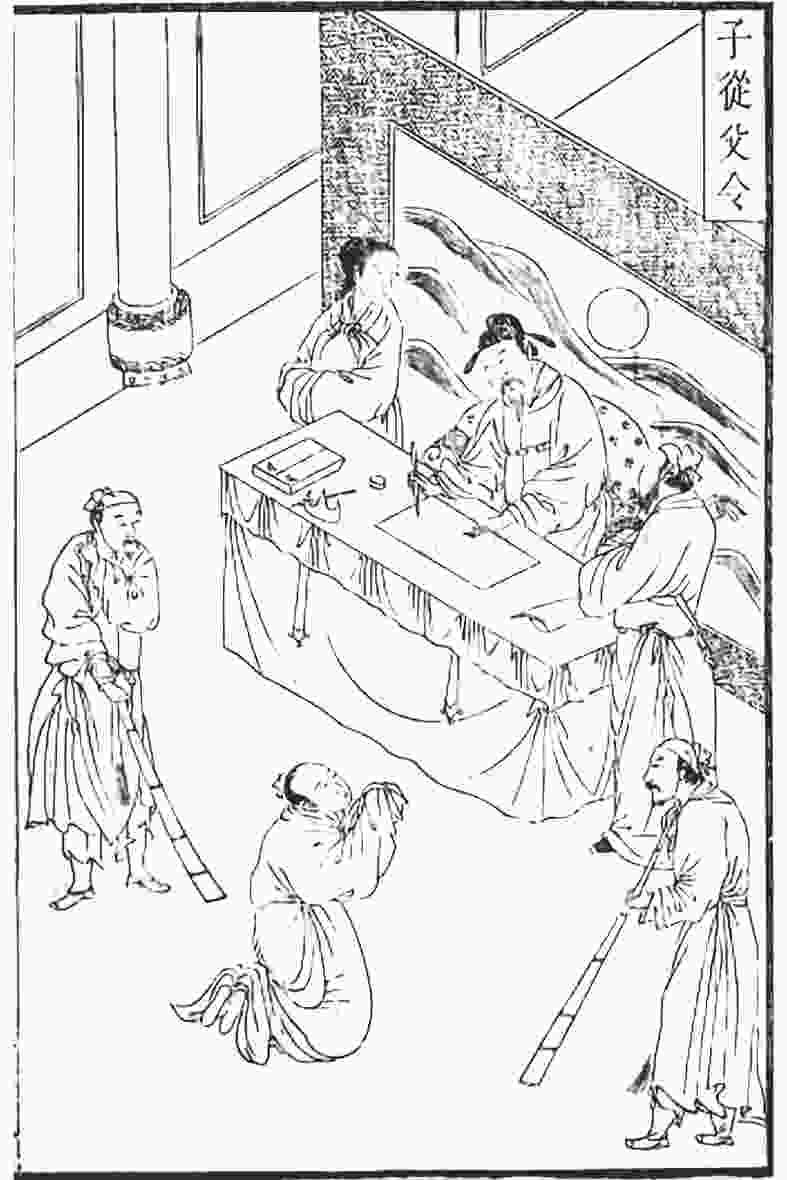
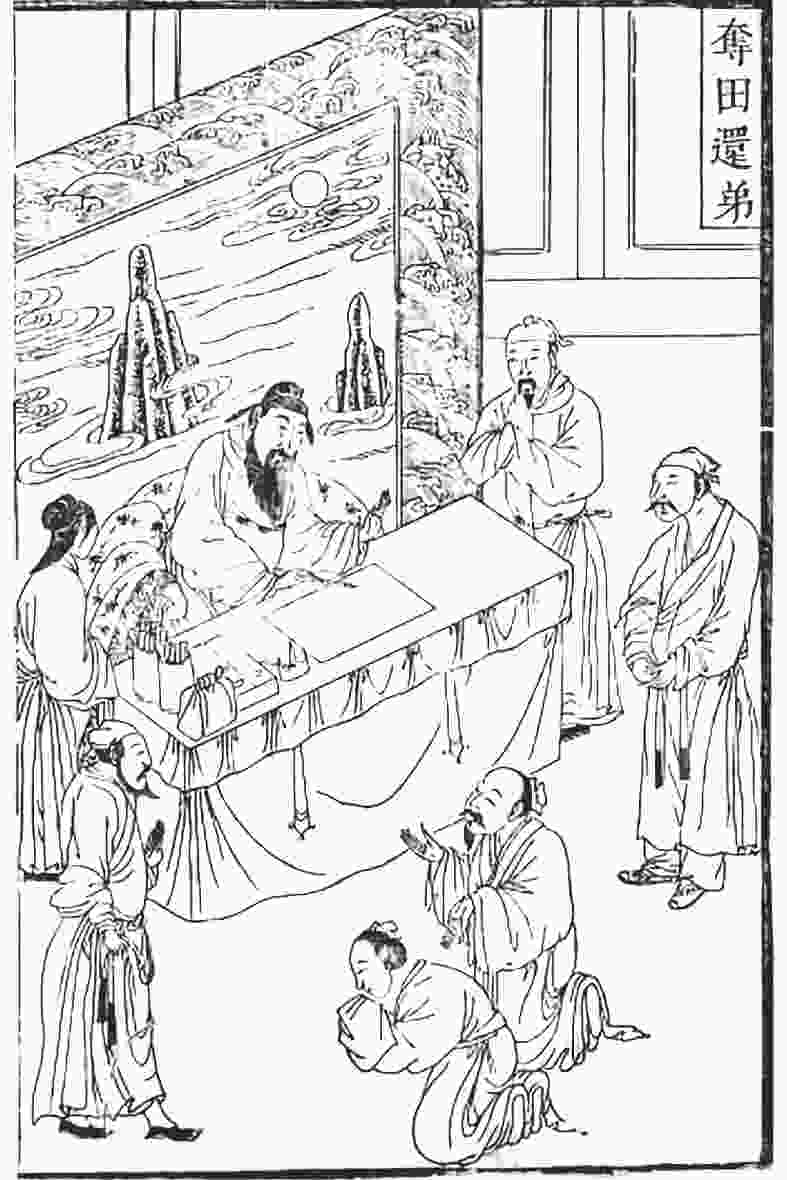
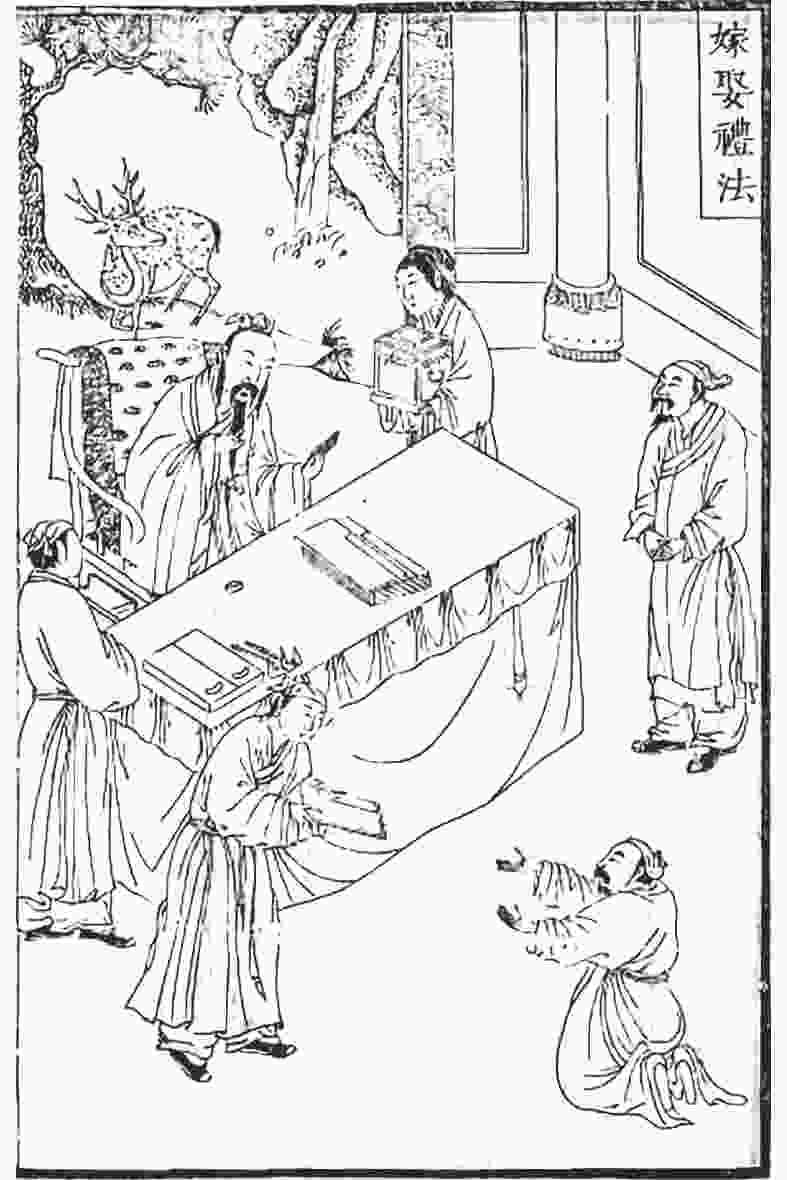


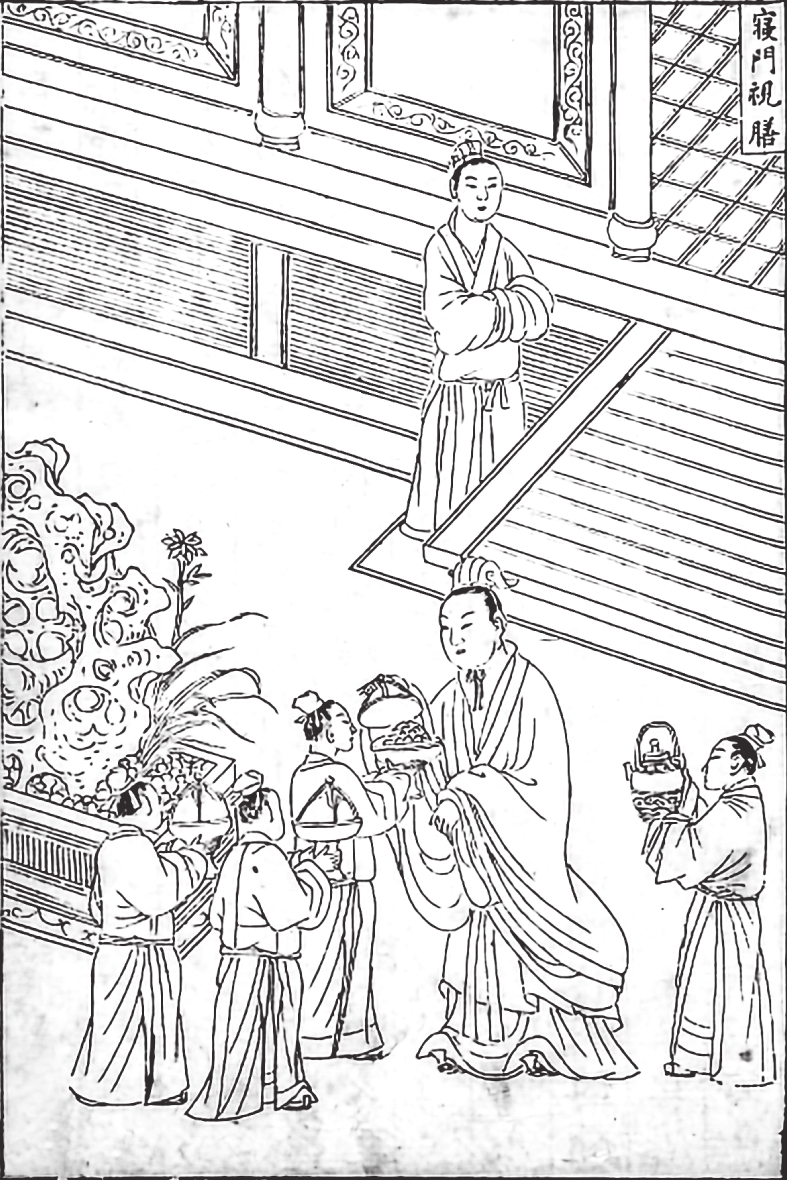
 沪公网安备 31010102003103号
沪公网安备 31010102003103号